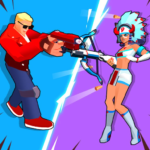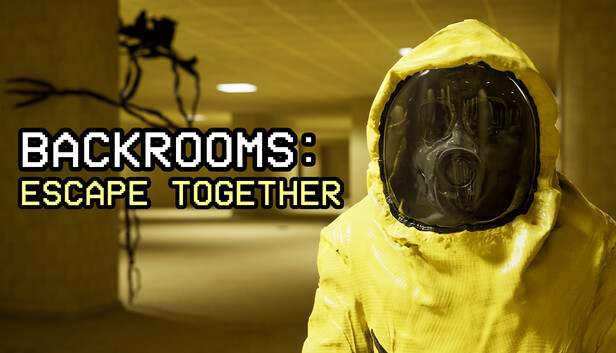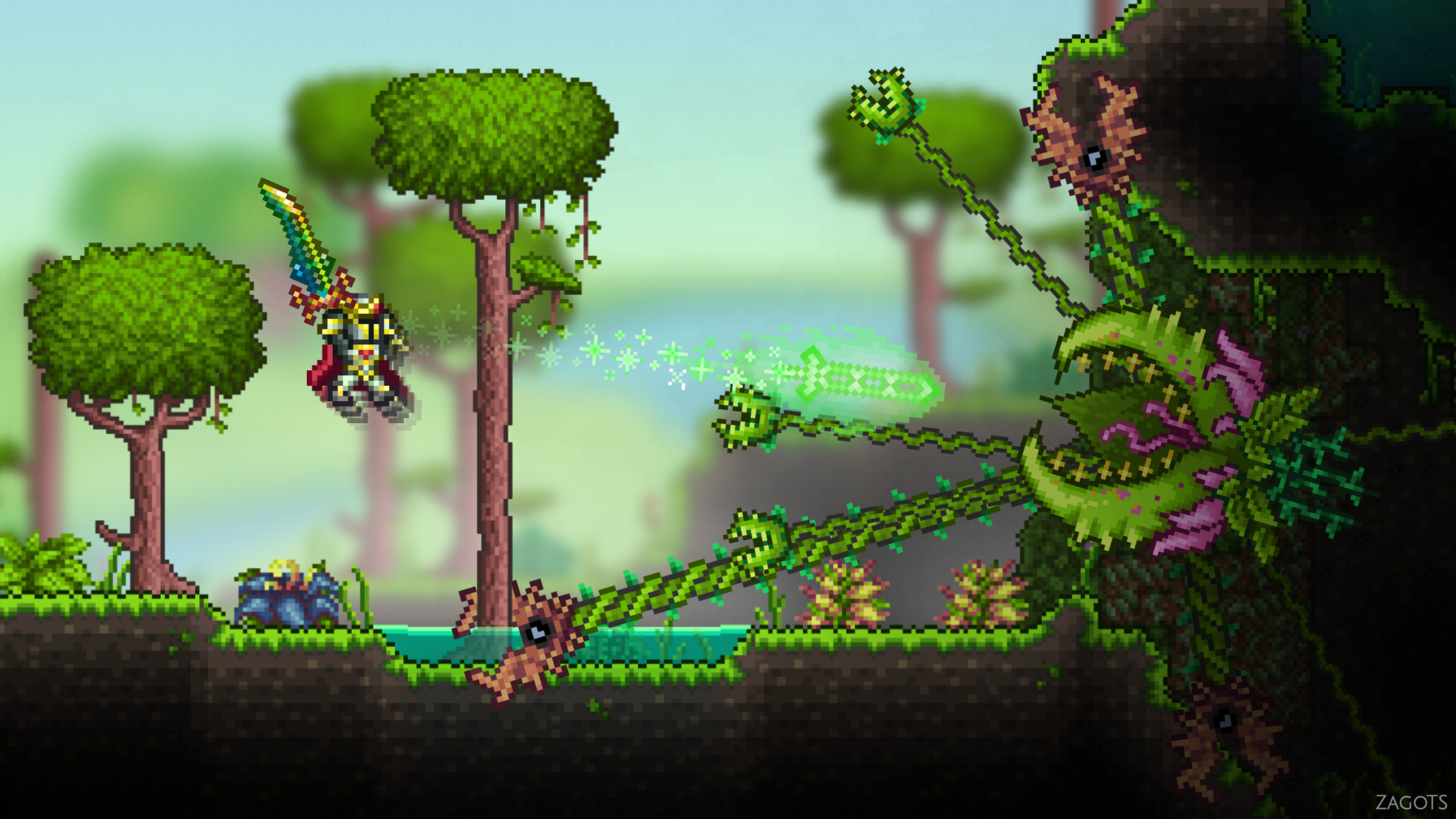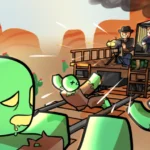
In the ever-growing library of indie games exploring mature themes through unconventional lenses, Schedule I by TVGS stands out—not just for its controversial subject matter, but for its unapologetically immersive gameplay, clever systems design, and raw, atmospheric aesthetic. While its premise—rising from a small-time drug cook to a full-blown narcotics kingpin—raises eyebrows, it’s the mechanics, controls, visuals, and overall experience that deliver the most potent hit.
This article explores the guts of Schedule I, dissecting how it plays, feels, and pushes boundaries in the management/simulation genre with gritty realism and co-op chaos.
An Open-Ended Crime Sim with Strategic Depth
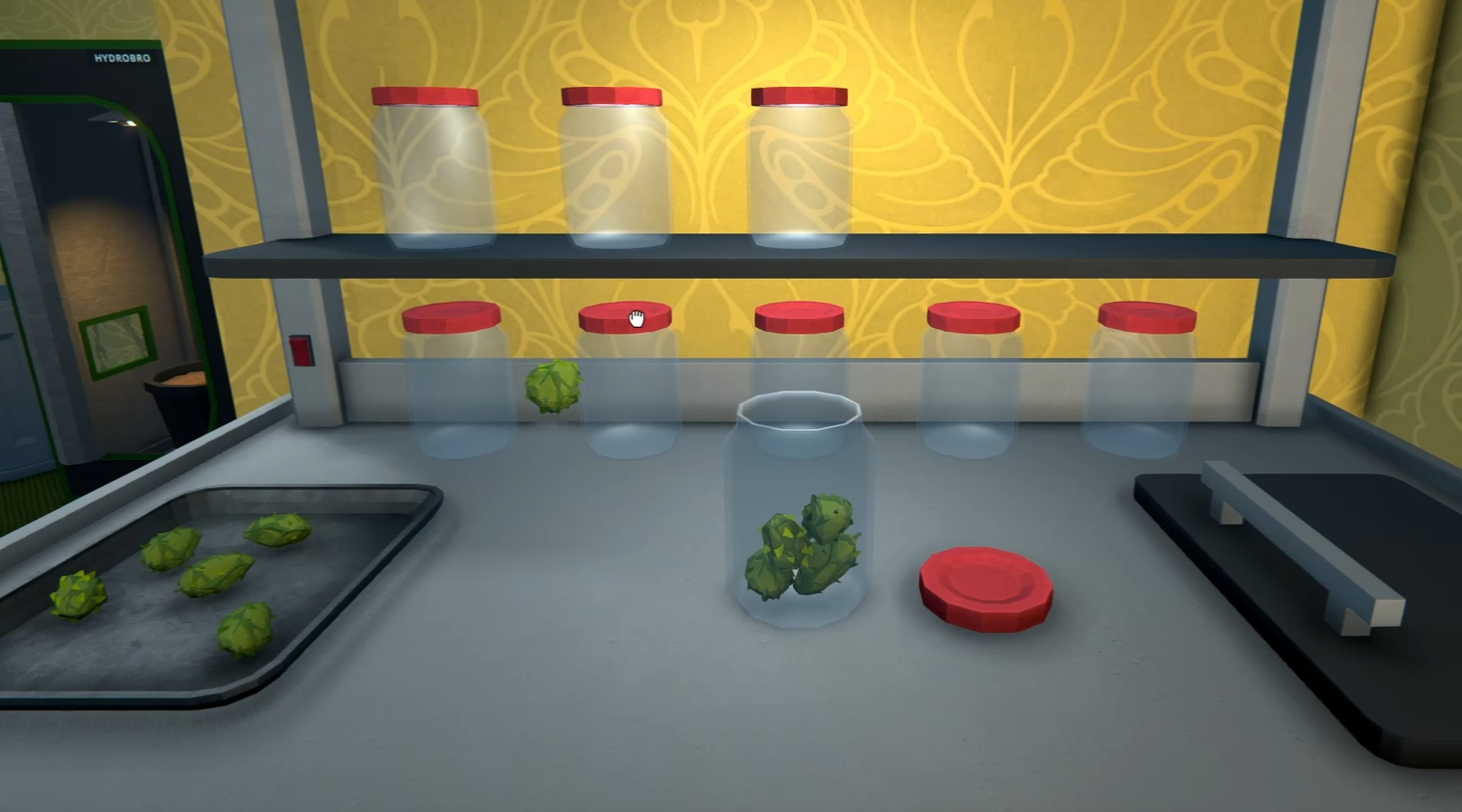
At its core, Schedule I is an open-ended narcotics simulation with real-time action and deep systems. The gameplay loop is built around four main pillars:
-
Production
-
Distribution
-
Security
-
Expansion
Players start as humble manufacturers, cooking their first batch in a rundown apartment. But quickly, they’re introduced to the game’s resource chain mechanics. From sourcing precursor chemicals to managing the yield-to-risk ratio, Schedule I forces you to think like an actual drug manufacturer. Every production run costs money, time, and carries the risk of alerting the authorities or poisoning your customers if done sloppily.
The cooking mechanic itself is an involved minigame that toes the line between engaging and stressful. Unlike oversimplified crafting systems in other simulators, Schedule I makes you actively participate in timing, ingredient ratio balancing, and ventilation management—all while watching the meters for heat, contamination, and exposure levels.
The second layer—distribution—is equally compelling. You don’t just drop product into a “sell” slot and rake in cash. You have to establish turf, assign runners, negotiate with or intimidate local dealers, and keep an eye on law enforcement patrols. The street economy fluctuates with time of day, location, and even gang territory control, making every deal a strategic decision.
As your empire grows, security becomes a major factor. From buying burner phones and hiding stashes in fake vents, to hiring muscle or bribing corrupt cops, the game layers on mechanics that make you feel the paranoia and pressure of operating outside the law.
Lastly, expansion introduces the game’s base-building and territory control systems. From turning crack houses into fully-operational labs to laundering money through fake businesses, this phase is where Schedule I starts to feel more like XCOM meets GTA Online—but grimier and more personal.
Notable Gameplay Features:
-
Co-op Multiplayer: Up to 4 players can manage an empire together in real time. Roles can be divided—one handles cooking, another deals, another scouts for expansion opportunities, etc.
-
Dynamic Law Enforcement System: Police aren’t just timers. They’re AI agents who track player behavior, run undercover stings, and adapt to your tactics.
-
Moral Consequences: You don’t just hurt “faceless” NPCs. The game reflects overdose stats, gang violence, and community decay in direct response to your actions.
Gritty Urban Realism with an Indie Edge
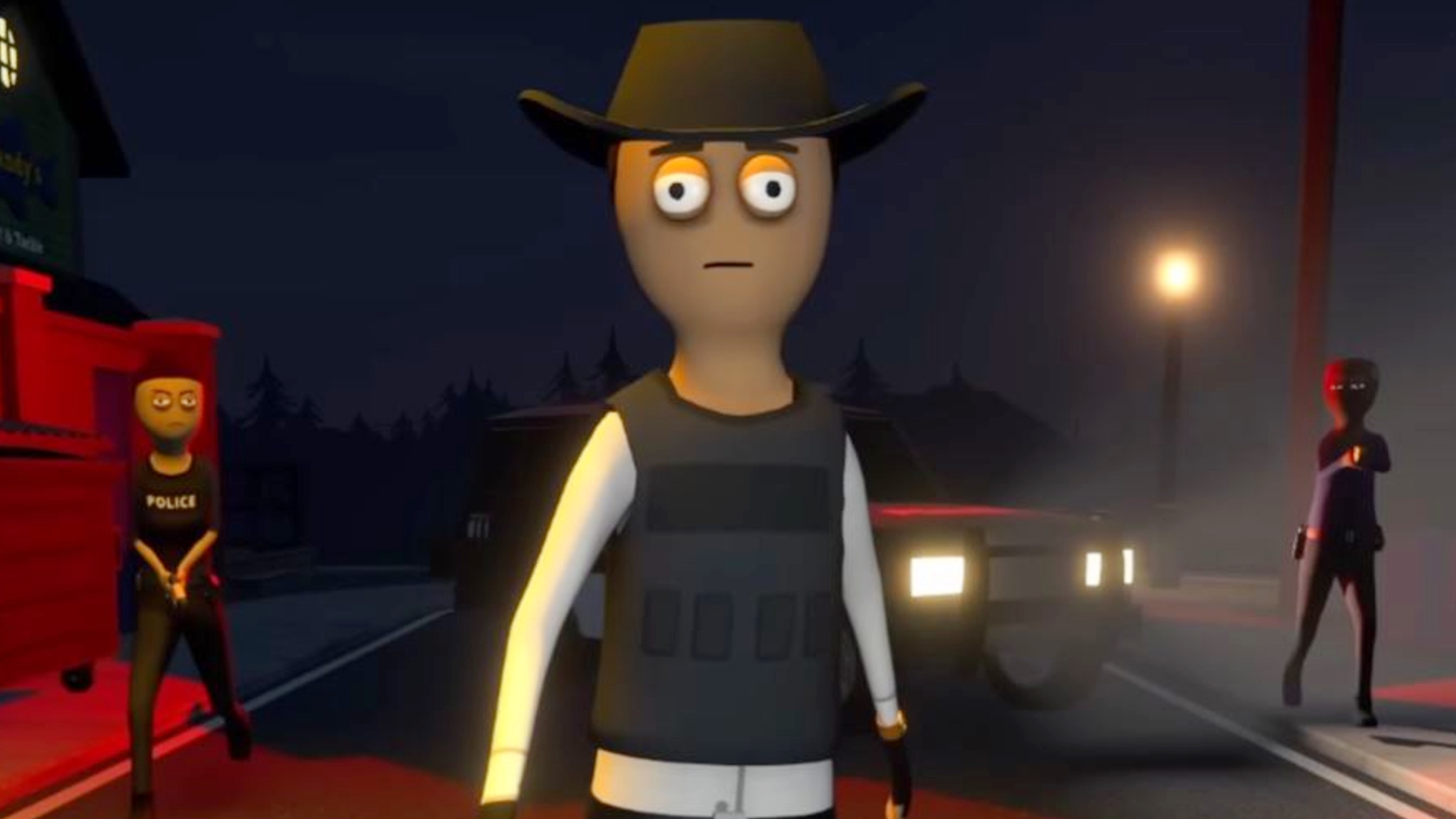
Visually, Schedule I is not flashy, but it doesn’t need to be. Built in Unity, the game uses a semi-stylized 3D aesthetic that falls somewhere between Hotline Miami's neon grunge and Postal's janky surrealism. It’s not trying to look beautiful—it’s trying to look believable within its own desperate, decaying world.
The environments are dense with detail. Abandoned motels, flickering neon strip clubs, graffiti-covered alleyways, and run-down convenience stores form the backdrop of your rise to power. Each map area feels distinct and loaded with personality, from Hyland Point’s posh uptown (where high-end clients reside) to its crumbling industrial zones (where you hide your labs).
Lighting is one of the game’s strongest suits. Night-time operations under flickering fluorescents, the red-blue strobe of an approaching police cruiser, or the sickly yellow haze of a homemade lab create a constant tension. The dynamic day-night cycle isn't just cosmetic—it changes gameplay, client behavior, and police patterns.
Character models are functional rather than impressive. NPCs are slightly exaggerated, cartoonish even, which helps blunt the realism just enough to keep things from being too disturbing. However, animations are snappy and expressive—especially during confrontations or combat.
There are also subtle visual cues tied to gameplay: your character's clothing and posture reflect their stress levels, your hideouts become more “lived-in” (or trashed) over time, and drug batches take on different hues based on purity and contamination.
Precision in Chaos
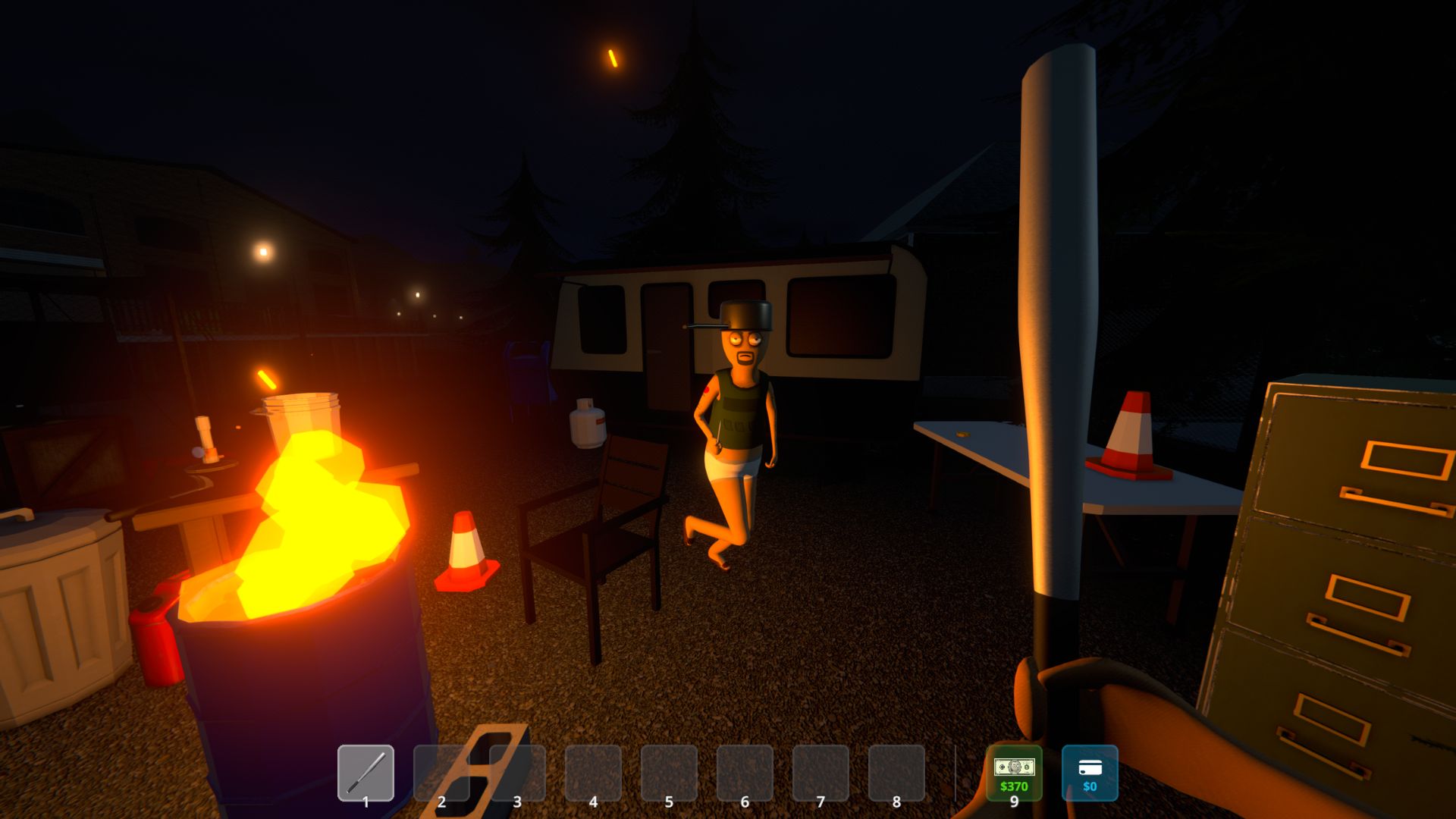
For a game with so many interconnected systems, Schedule I has an admirably clean and functional control scheme—especially when using a keyboard and mouse. The UI follows a radial-menu and hotbar design, allowing quick access to tools, equipment, and maps without excessive tabbing or searching.
Keyboard + Mouse:
-
WASD for movement
-
Q/E for inventory cycling
-
Right-click for contextual actions (e.g., inspect, interact, intimidate)
-
Tab opens empire management (production chains, map, finances)
The game does a great job introducing controls gradually through an early tutorial system disguised as “mentor missions” from NPC characters. These blend lore with guidance and are skippable for repeat players.
One standout is the lab management interface, which mixes drag-and-drop chemistry mechanics with live readouts. It feels like a mini-game within the main game, requiring dexterity and timing, especially when working under pressure.
Co-op play introduces teamwork-oriented controls. Players can ping locations, tag enemies, assign tasks, and even vote on big decisions (like whether to torch a rival’s stash house or broker a deal).
While controller support is present, it’s less precise, especially in lab management or rapid inventory shifts during police raids. That said, devs have promised continued optimization for console-style play.
High-Tension, High-Reward Chaos
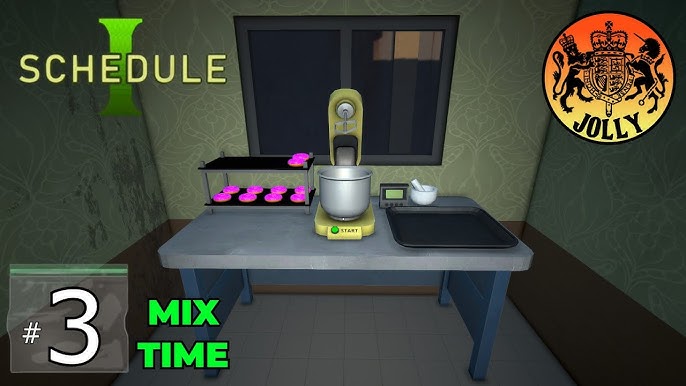
Schedule I is not for the faint of heart. From its opening hours to the empire-building endgame, it constantly keeps players on edge. You’re always watching the clock, the cash, the cops, and your crew. This tension is the heart of the experience—and it’s what keeps players hooked.
Unlike traditional strategy games where growth feels linear and safe, Schedule I turns every expansion into a gamble. You might land a big score and expand your empire—or get raided and lose everything, including your life.
Emotional Beats:
-
Paranoia: The game cultivates anxiety in subtle ways. Random NPCs might be snitches. That cop car could be a routine patrol… or a setup.
-
Power Fantasy: As your empire grows, you go from scrambling for ingredients to managing multiple labs, buying real estate, and laundering money. The game delivers the kingpin experience without holding back.
-
Loss and Consequence: Mistakes are costly. Lose a lab, and you lose hours of progress. Lose your cook, and you might be forced to step into the hot zone yourself.
-
Morality Drift: Initially, players might try to “keep it clean” by avoiding certain drugs or tactics. But the game subtly nudges you toward escalation—"just one dirty move" becomes a slippery slope.
Multiplayer turns the experience into organized chaos. Watching your friend panic during a botched cook while the lookout screams about an approaching squad car is both hilarious and nerve-wracking. It’s Phasmophobia meets Breaking Bad.
Gritty, Minimalist, and Impactful
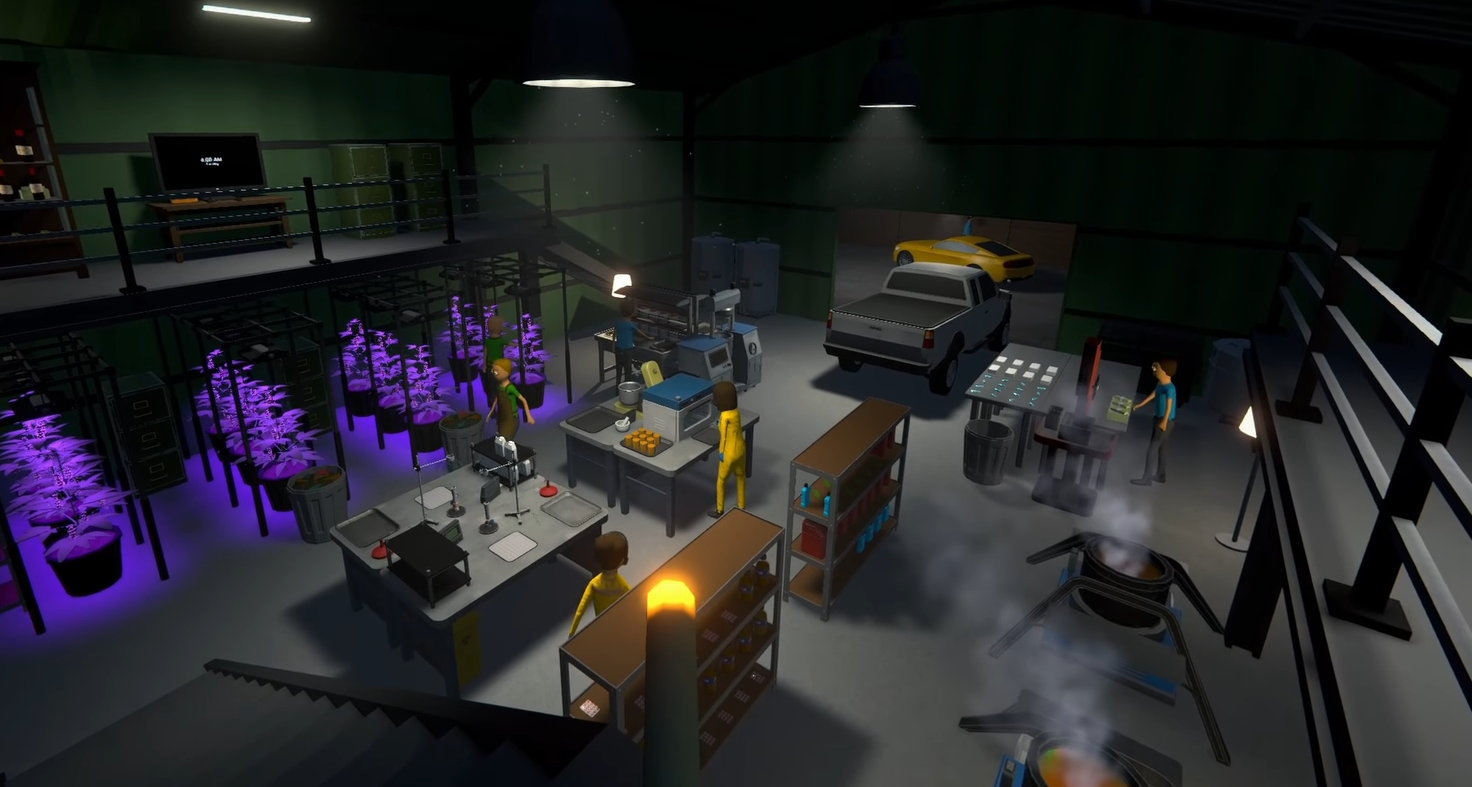
The audio in Schedule I deserves its own shout-out. Rather than relying on bombastic scores, the game opts for minimalist, ambient sound design. The hum of a generator, the sizzle of chemicals, the muffled siren in the distance—all combine to create an immersive, lived-in world.
Music kicks in during pivotal moments—raids, shootouts, high-value drops—with gritty synth beats reminiscent of Drive or Ruiner. It’s stylish, oppressive, and effective.
Voice acting is sparse but punchy, with most dialogue delivered through gritty text boxes and occasional voice clips (e.g., cops yelling, dealers haggling, runners panicking).
The Most Intense Indie Crime Sim You’ve Never Played
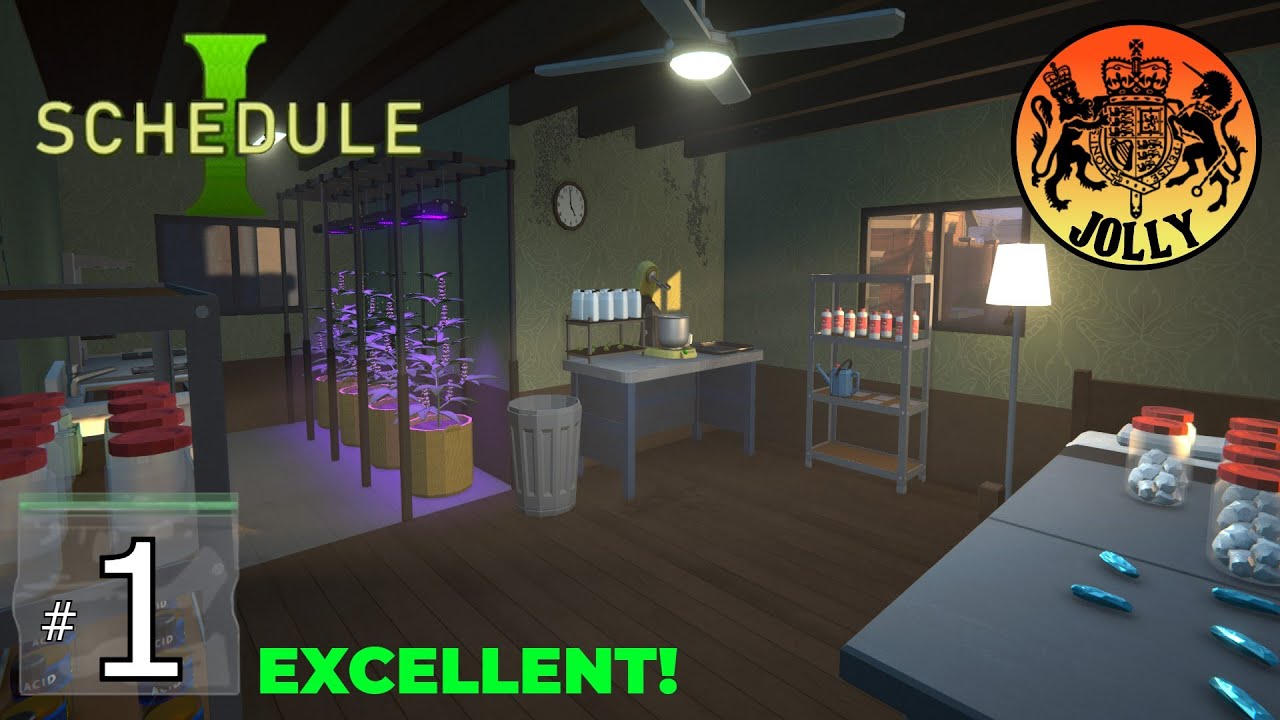
Schedule I doesn’t just simulate a drug empire—it immerses you in one. With deep mechanics, a gritty aesthetic, and a gameplay loop built on tension, paranoia, and consequence, TVGS has crafted something that feels unlike any other indie release.
It’s not trying to be “fun” in the conventional sense. Instead, it aims to make you feel the weight of your choices, the thrill of every deal, and the risk behind every expansion. Whether you’re cooking in the basement or making million-dollar moves in the boardroom, Schedule I delivers a potent, unforgettable experience.
It may not be for everyone—but for players looking for a complex, morally ambiguous, co-op-capable crime sim that respects their intelligence and attention, Schedule I is an addictive, high-stakes masterclass in immersive game design.
















